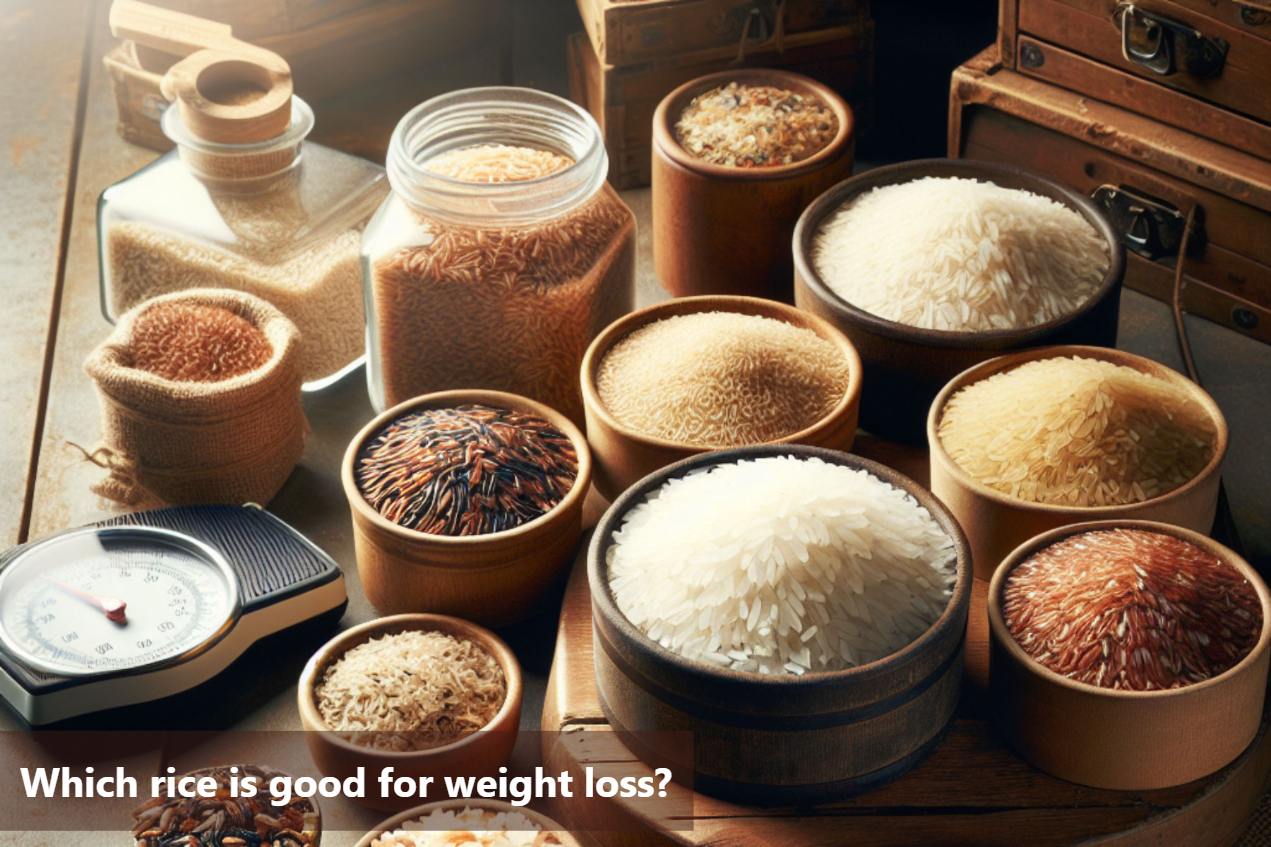
Which rice is good for weight loss?
Rice has been a staple food for many cultures around the world and particularly in the Indian culture, and its impact on weight loss has been a topic of interest for health enthusiasts. When it comes to incorporating rice into a weight loss journey, choosing the right type can make a significant difference. Among the different varieties available, some stand out as better options for those aiming to shed excess pounds.
Brown rice, wild rice, and quinoa are among the popular choices for individuals looking to lose weight due to their distinct nutritional profiles. Understanding the nutritional content, benefits and drawbacks of each type can help guide individuals in making informed decisions tailored to their dietary preferences and weight loss goals.


Considerations for Examining Rice for Weight Loss
When examining rice for weight loss, it is essential to consider the following factors:
- Calorie Content: Different types of rice have varying calorie contents per serving. Opting for lower-calorie options like cauliflower rice or wild rice can aid in weight management.
- Fiber Content: High-fiber rice varieties, such as brown rice and quinoa, can promote satiety and aid in digestion, potentially supporting weight loss efforts.
- Nutritional Profile: Assessing the overall nutritional content, including protein, vitamins, and minerals, can help ensure a balanced diet while focusing on weight loss.
- Cooking Methods: The preparation method of rice can influence its impact on weight loss. Steaming, boiling, or stir-frying with minimal oil are healthier options compared to deep-frying or adding excessive butter.
- Glycemic Index: Opt for rice varieties with a lower glycemic index, such as brown rice, basmati rice, or wild rice, to help regulate blood sugar levels and support weight loss goals.
- Portion Control: Be mindful of portion sizes when consuming rice for weight loss. Opt for smaller portions and pair rice with a variety of vegetables and lean proteins to promote satiety and weight management.
By considering these aspects when choosing rice for weight loss, individuals can optimize their dietary choices to support their goals effectively.
Brown Rice
Nutrient proximates |
Brown rice |
energy |
82 calories |
protein |
1.83 g |
total lipid (fat) |
0.65 g |
carbohydrates |
17.05 g |
fiber, total dietary |
1.1 g |
sugars, total |
0.16 g |
calcium |
2 mg |
iron |
0.37 mg |
sodium |
3 mg |
fatty acids, total saturated |
0.17 g |
fatty acids, total trans |
0 g |
cholesterol |
0 mg |
*The breakdown for brown rice is based on 1/3 cup cooked long-grain brown rice.
Brown rice is often highlighted as a top choice for individuals looking to shed some pounds and improve their overall well-being.
- One of the main reasons why brown rice is renowned for weight loss is its high fiber content. Fiber plays a crucial role in promoting satiety, keeping you full for longer periods and reducing the likelihood of overeating. Moreover, the fiber in brown rice aids in digestion and helps maintain a healthy digestive system.
- Another key benefit of brown rice is its lower glycemic index (50) compared to white rice. This means that it has a slower impact on blood sugar levels, providing sustained energy and preventing spikes and crashes that can lead to cravings.
Incorporating brown rice into your diet can be a simple yet effective step towards achieving your weight loss goals.
Wild Rice
Nutrients proximates |
Wild rice |
Calories |
101 |
Carbs |
21 grams |
Protein |
4 grams |
Fiber |
2 grams |
Vitamin B6 |
7% of the Daily Value (DV) |
Folate |
6% of the DV |
Magnesium |
8% of the DV |
Phosphorus |
8% of the DV |
Zinc |
9% of the DV |
Copper |
6% of the DV |
Manganese |
14% of the DV |
*This is data for 3.5-ounce (100-gram) serving of cooked wild rice
When it comes to weight loss, opting for wild rice can be a smart choice. Wild rice stands out for its nutrient density and lower calorie count, making it a valuable addition to your diet. Unlike other refined grains, wild rice retains its outer layer, the hull, which boosts its nutritional profile. It has a glycemic index of around 45.
- One of the key reasons why wild rice is a top contender for weight loss is its high nutrient content. Packed with essential vitamins, minerals, and antioxidants, it provides a nourishing option for those looking to shed some pounds.
- Additionally, wild rice is significantly lower in calories compared to white rice or even brown rice, making it a favorable option for calorie-conscious individuals.
Moreover, the distinct nutty flavor of wild rice adds a delightful taste twist to meals, enhancing both taste and texture. Whether used in salads, soups, or pilafs, wild rice offers versatility in cooking while supporting your weight loss journey.
By incorporating wild rice into your diet, you can enjoy a delicious, nutrient-rich option that contributes to your overall well-being and weight management goals.
Quinoa
Nutrient proximates |
Quinoa |
Calories |
120 |
Water |
72% |
Protein |
4.4 grams |
Carbs |
21.3 grams |
Sugar |
0.9 grams |
Fiber |
2.8 grams |
Fat |
1.9 grams |
Glycemic Index |
53 |
Quinoa is a popular choice for individuals looking to incorporate a nutrient-dense and weight-loss-friendly option into their diets. Although not classified as a rice, quinoa serves as an excellent alternative with numerous health benefits.
- One key factor that makes quinoa a standout option for weight loss is its high protein content. Protein is known for promoting satiety, which can help control appetite and support weight management effectively. Additionally, the protein in quinoa aids in muscle repair and growth, contributing to a well-rounded diet plan.
- Quinoa boasts lower carbohydrate levels compared to traditional rice varieties. This characteristic is advantageous for those focusing on regulating their carbohydrate intake, especially in the context of weight loss strategies. By opting for quinoa over rice, individuals can enjoy a satisfying meal while keeping their carb consumption in check.
When considering which rice is best for weight loss, quinoa emerges as a top contender due to its unique nutritional profile.
Incorporating the right types of rice into your diet can be beneficial for weight loss and overall health. With this, you can balance them with other nutritious foods, you can create a well-rounded and wholesome eating plan that supports your health and fitness goals effectively.
This Blog post is an initiative by Lo! Foods, to provide accurate and Nutritionist / Doctor approved information related to Health. Lo! Foods is India's leading brand for Everyday Functional Foods. Foods designed for specific Health conditions or Needs. Lo! Foods also runs India's largest range of Low Carb Healthy Cloud Kitchens, under the brand names of Lo!, ProteinChef, ATH (All Things Healthy) and DiabeSmart.



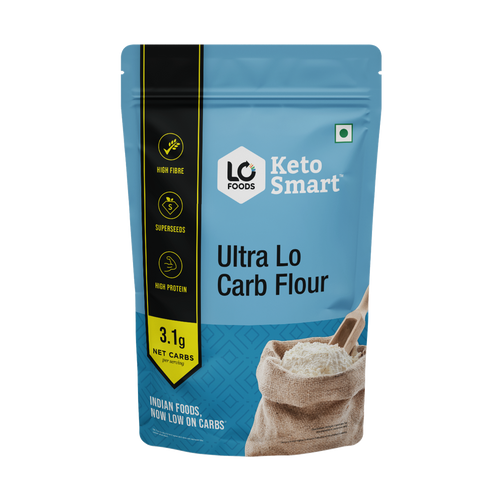
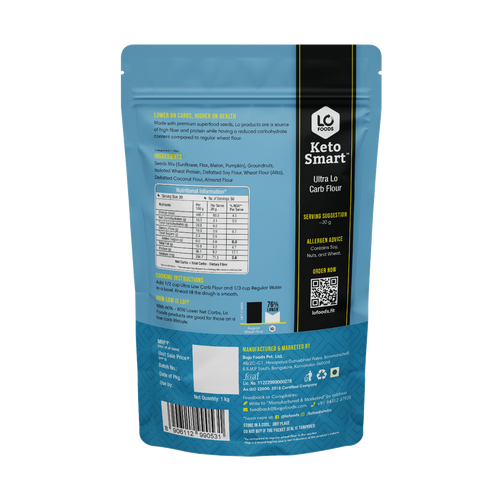

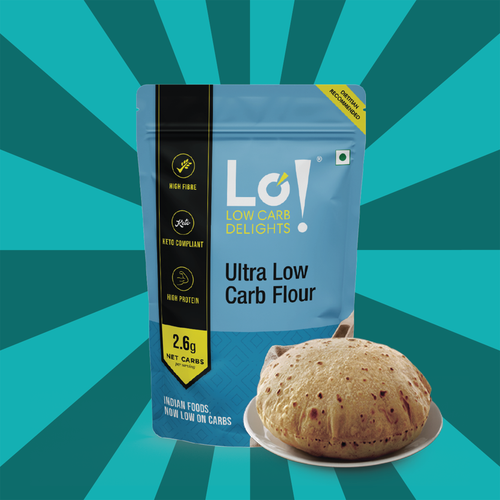


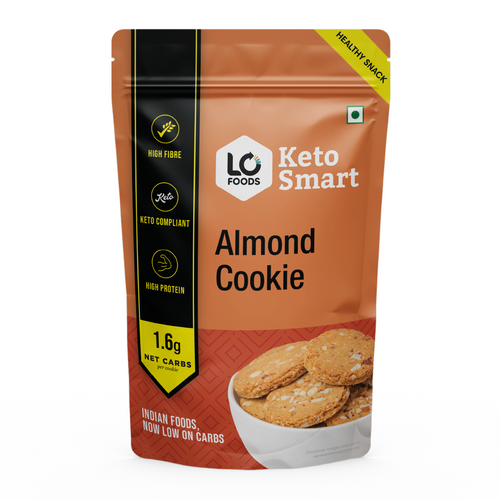





Leave a comment
Your email address will not be published.